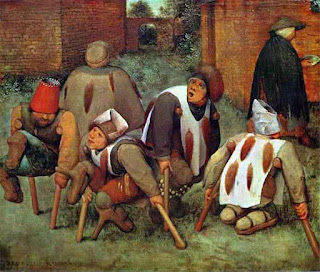Just about every culture in the early stages of writing developed lampblack, carbon mixed with a liquid that would allow it to be spread neatly. Egypt added iron and ocher for red ink. China was grinding graphite mixed with water and applied with brushes. China also used soot and animal glue as of the 3rd century BCE.
India ink has been around for thousands of years, having been invented in China. A mixture of fine soot and water, it was used at least a thousand years BCE. It became known as "India ink" (in British English, "Indian ink") because the materials were sourced from India. It is still used for comic books and other purposes.
Countless materials were experimented with to create cheap and Latin inks. Ferrous sulfate and oak galls produced an ink that dried to a dull brown and is familiar on numerous medieval manuscripts.
During the time of Gutenberg, most inks were of two kinds: a mixture of soot, water, and glue as a binder, used since the Classical Era; and the medieval combination of ferrous sulfate, gall, water, and gum as a binder. (The binder was to make it water-resistant and therefore more durable.) Unfortunately, while fine for writing, they were unsuitable to the printing press because of their tendency to "blur" when applied with pressure. Even worse, iron gall ink can be corrosive to paper; the presence of iron causes oxidation of the cellulose in the paper. Johann Sebastian Bach's original works are being eaten away by the ink he used.
Gutenberg's innovation was oil-based, mixed with lampblack (soot), varnish and egg white. This combination made a sharper impression when pressed onto paper or vellum, producing a clear image that did not blur or fade over time.
Oak gall ink, however, was popular in the Middle Ages and even used by Pliny. It might be worth taking a closer look at. Stay tuned.





























